Digital Advertising has a long way to go before it provides reach: Girish Menon
KPMG launched the 11th edition of its Media and Entertainment (M&E) report, titled ‘India’s Digital Future: Mass of Niches’ that examines the evolution of India’s digital demography to 2030. It also covers the industry’s performance across segments, along with the key underlying themes and growth drivers.
The report was presented by Girish Menon, Partner & Head Media & Entertainment, KPMG in India, who said, “The theme of the report this year is India’s digital future – and although the term ‘digital revolution’ has become somewhat of a cliché, there can be no other way to explain the extent of digital integration in our lives today. With no major constraining factors, digital is expected to be a dominant force going forward and in FY23, it is likely to be the second largest segment after TV and attract the highest marketing spend among all media formats. In 2019, as digital behaviour evolves, there seems to be a growing consensus that in the future, subscription models will have a greater role in monetisation of digital platforms. Further, evolving technologies are also presenting opportunities for companies in the media and entertainment industry to achieve greater operational efficiencies.”
KPMG projects that the industry is expected to grow at 13.5 per cent CAGR during FY 19-24 to reach INR 3070 billion.
Broadband penetration will roughly reach 1 billion users by 2030 encompassing nearly the entire Indian population. This digitally enabled generation of users has been broadly classified by KPMG as Digital Sophisticates, Digital Enthusiasts, Digital Mainstream and Fringe segments.
Menon stated that by 2030 broadband penetration will be led by 5G and FTTH services. According to the report findings, 5G will increase media usage immensely. The revenue forecast over the next decade (2019-2028) is pegged at approximately USD 3 trillion which the M&E companies will be vying for and the revenue opportunity enabled by 5G networks will be approximately USD 1.3 trillion. The year 2025 is expected to be the year when the industry will reach critical mass wherein 57 per cent of global wireless media revenues will be generated on the back of superfast 5G networks and devices. One of the key metrics of 5G performance is latency and since the technology promises latency of <1Ms live streaming and large downloads will happen at supersonic speeds.
The Digital Enthusiasts and Digital Mainstream segment accounting for 940 million users by 2030 will be the biggest drivers of consumption according to the projection and the major modes of this consumption will continue to be smartphones and to some extent TV streaming.
As per the report, these users will be a mix of millennials, Gen Z, regional users and older users who have become digitally savvy.
"When you say 520 odd million broadband users in India today, most of it is on the back of 4G connectivity. Most users first access to the Internet will be through mobile. As they evolve they will move to other channels such as FTTH. India is predominantly going to be a wireless connectivity market. The primary device for consumption is going to be mobile phones", said Menon.
Thus ecosystem players such as OEMs, DTH, ISPs and telcos will have a much larger role to play as creators look for opportunities to reach the end user. According to Menon, "every digital business will become about understanding user behaviour and how you monetize it."
The report found that the Indian Media and Entertainment (M&E) industry grew at 13.2 per cent in FY19 over FY18 to reach INR 1,631 billion on the back of rapid growth in digital user base, growing regional demand and monetization.
Major headwinds were due to new tariff regime (NTO) implementation uncertainties and early signs of economic slowdown, which have pulled down overall growth.
Digital
The Digital segment continue to be strong enabling factors encouraging greater consumption of content on the internet in India. It is reflected in the growth in broadband internet subscribers at 37% for FY 2019, which beats overall growth in internet users at 29%. Today, Internet access is also more equitable and the growth in rural users is almost three times that of the urban.
KPMG found that digital video ad spend outpaced search and display and was driving growth across all sub segments. From FY18-19 digital ad spend grew by 43.4 per cent to INR 173 billion.
The report also showed that subscription based models were gaining increased traction and contributing meaningfully to the digital pie especially in OTT video. However, Menon opined that subscription revenues would never outpace advertising revenues due to the competition in the digital video space and the consumer being able to choose from 33 OTT players and a greater plethora of content creators.
In fact, Menon stated that it was more likely that the ecosystem would see collaboration across the value chain such as the ZEE5 and ALTBalaji content alliance.
Consumers are also spending 35-43 per cent of time on regional videos on digital platforms. Menon observes that Voice led services will be the gateway for this segment into Internet consumption. He shares an insight about Google which almost never advertised on television except to promote their Pixel phone, is advertising about their Voice service and devices because it anticipates this area to be a key growth driver.
The report findings highlight two key concerns in digital advertising. One is the major concern of data privacy that India shares with the rest of the world. Menon believes that India will follow the lead of European countries and strengthen its privacy laws to resolve this problem.
The other concern was that because inventory on digital continued to grow, it was impacting advertising rates by lowering cost per thousand (CPM).
While digital is becoming an important part of media plans, according to Menon, "it still has a ways to go before it provides reach. TV and Print are still the primary reach mediums. Most brands when they do their planning they have reach in mind. Right now, it is still the traditional mediums that provide that option."
Television
Post the new regulatory framework for broadcasting and cable services introduced by the Telecom Regulatory Authority of India (TRAI), viewership is likely to be concentrated across fewer channels aiding large broadcasters and channels with appealing content. They stand to benefit from higher subscription revenue as well as gain greater pricing power. Menon states that TV advertising follows the 80/20 principle wherein most of the advertising monies are distributed across the top channels.
Further, some of the large broadcasters have also taken a strategic call to move the Free-to-air (FTA) variants of their popular General Entertainment Channels to the Pay regime, with a view to ensure that subscribers pay for the content they wish to watch.
From FY 18-19 television advertising saw a growth of 9.5% to INR 714 billion. Menon noted that in the early days of implementation of the tariff regime 12-15 million users dropped out of the universe but have returned this quarter. Due to this development advertiser interest has also rekindled and television is expected to see a resurgence in FY 2019-20.
While the NTO was touted to increase choice and become cost effective to the end consumer, KPMG found that most of the end consumers remained confused about their options and went with distribution platform operators (DPOs) packs.
Due to this development, English and niche channels were most hard pressed to survive.
The report noted that traditional distributors were aggressively exploring digital distribution to remain relevant.
However, subscription revenues have seen an upswing due to the NTO especially in Phase III and Phase IV markets the report found.
At 4.5 % growth, print remains a steady growth story. Growth is driven mostly on the back of Hindi and regional languages which are focusing on hyperlocal content. The report noted that, globally the print industry is on the decline with newspaper’s share of global advertising spend falling from 37 per cent in CY08 to 12 per cent in CY18, the Indian print industry continued to buck trends and grew at 5.6 per cent CAGR from FY15 to FY19.
Speaking about the growing importance of Hindi and regional newspapers, Menon observed that Hindi ad rates are able to match and sometimes go beyond English ad rates.
The report found that Digital news readership is increasing and eating into market share of English newspapers.
Films
It was a groundbreaking year at the Indian box office, which delivered its best box office performance in the past decade as content took centre-stage with movies of diverse budgets succeeding at the box office. A key ongoing change has been the growing contribution of digital rights, which has grown by 30 per cent in FY19 in line with the previous year driven by heavy demand by OTT platforms who consider new movies as a key differentiator. In FY2019, domestic box office collections grew by 14.7 per cent.
Gaming, Animation, VFX and post production
Digital revolution has been the primary contributor to the remarkable growth of online gaming in India. The estimates of the gaming industry in India indicates a growth of 26.4% in the CAGR of 2015 – 2019.
Out of Home
OOH (Out of Home) is a versatile advertising medium on account of various advantages it offers over other forms of media such as high coverage in terms of area, better brand positioning, given the larger size of image and higher target audience reach of almost 80 per cent. The OOH industry has witnessed close to 11 per cent CAGR over the last five years, growing from INR 20 billion in FY14 to INR 34 billion in FY19.
Radio & Music
The industry saw impetus coming from the increase in spends due to elections. While the real estate sector continued to face slowdown, the sector spends on radio continued to liquidate existing inventory. The growth during the FY19 has remained weak at of 6.17 per cent.


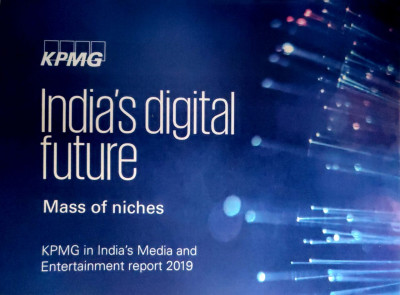
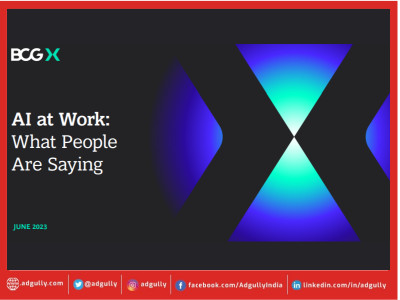
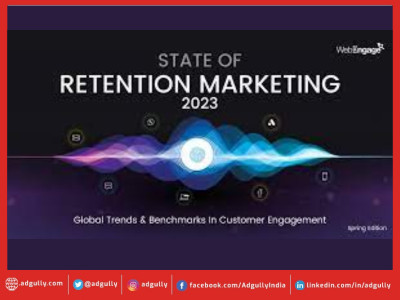

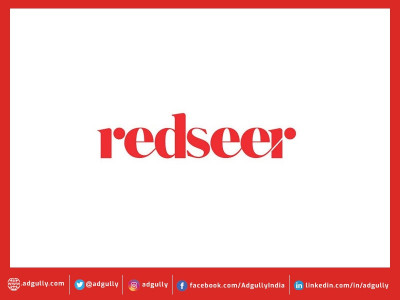
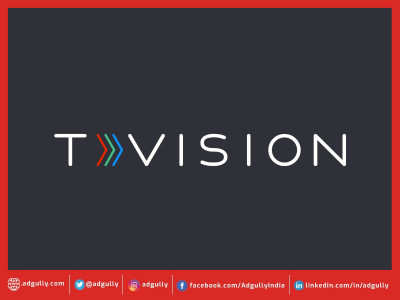

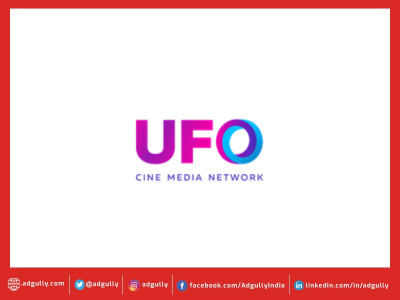
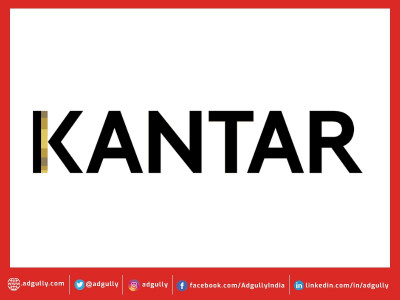

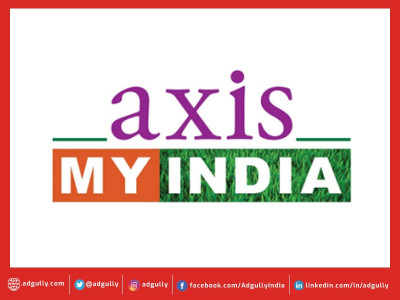

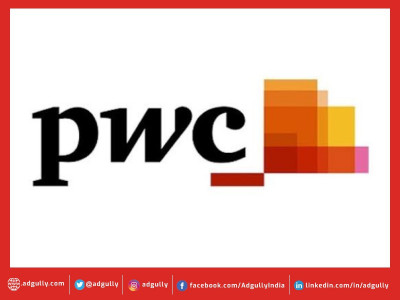


Share
Facebook
YouTube
Tweet
Twitter
LinkedIn